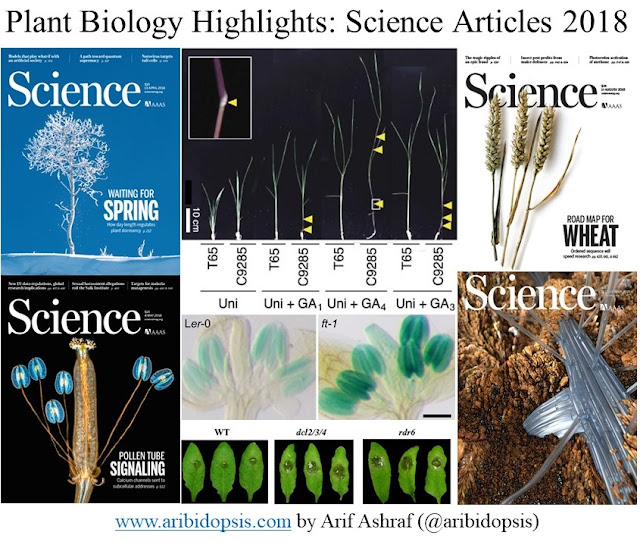Plant Biology Highlights: Nature Articles 2018

We are almost at the end of another year. Undoubtedly, we came across amazing research and review articles in this year. As plant biologists, we are more focused on plant-specific journals. Along with those plant-specific journals, plant-related stories are making their place into other journals too. Like previous years, this year also, I'm covering plant biology stories published in Cell, Science, and Nature all the year round. In this post, you'll find published papers from Nature. MicroRNAs from the parasitic plant Cuscuta campestris target host messenger RNAs Dodders ( Cuscuta spp.) are obligate parasitic plants that obtain water and nutrients from the stems of host plants via specialized feeding structures called haustoria. Dodder haustoria facilitate bidirectional movement of viruses, proteins and mRNAs between host and parasite, but the functional effects of these movements are not known. Here, they showed that Cuscut...



